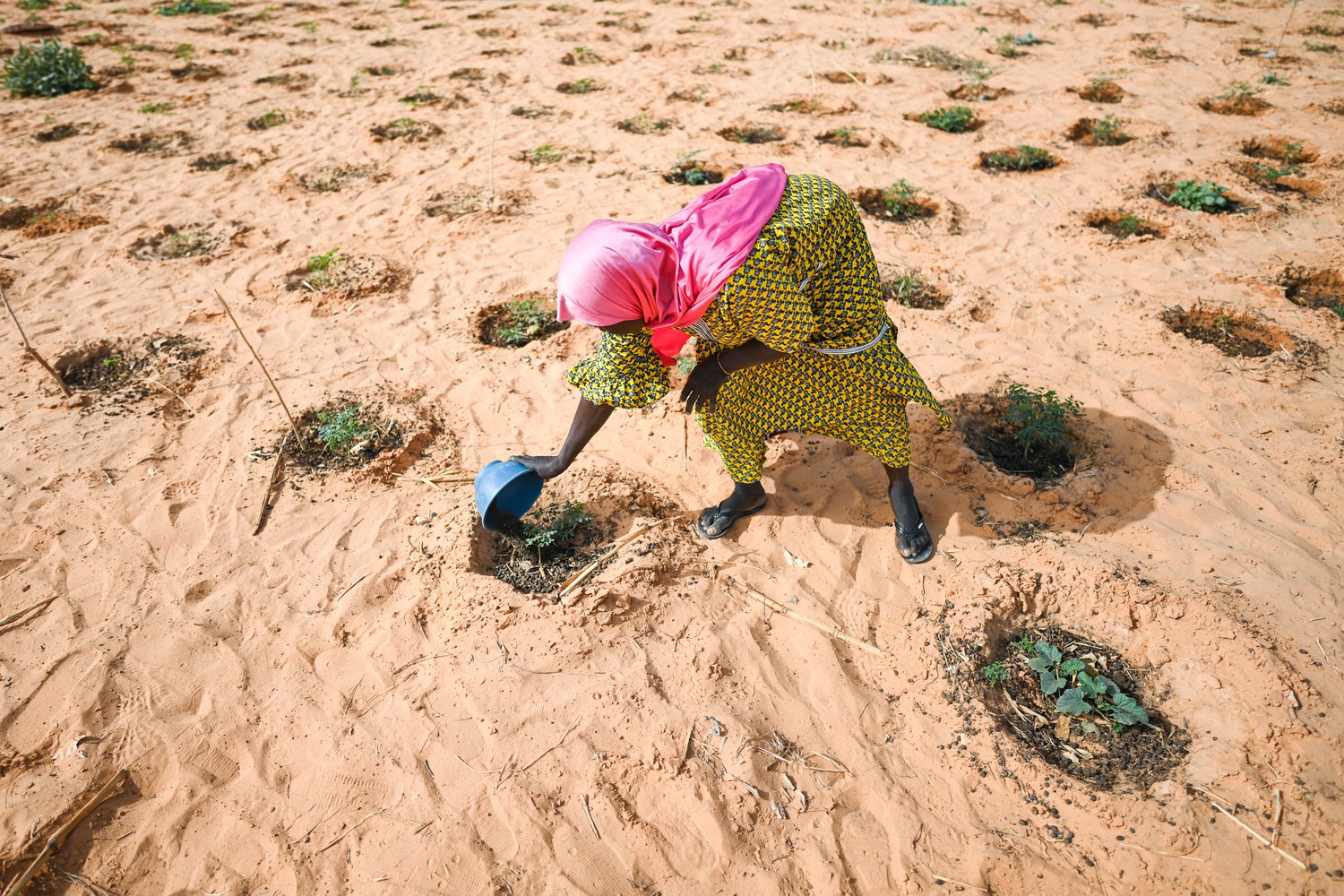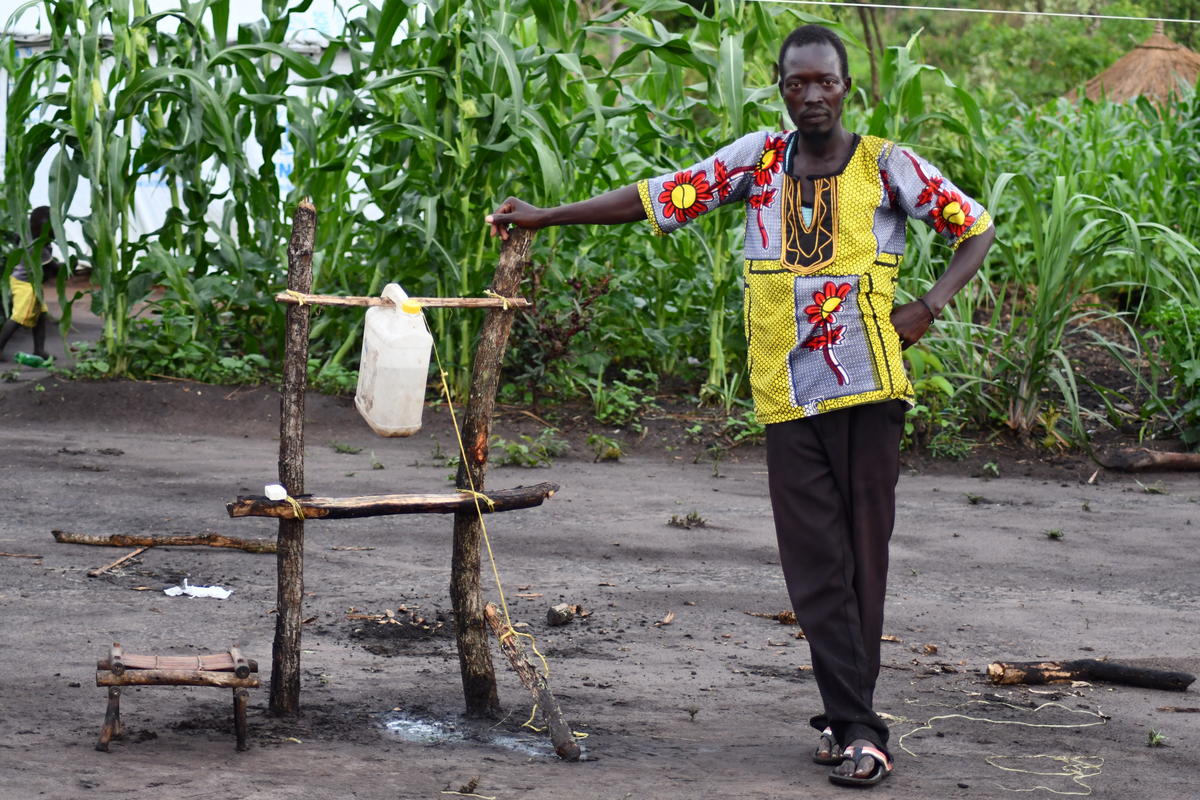Chad: new technology shows promising results in search for water
Chad: new technology shows promising results in search for water
UNHCR's operation in eastern Chad to transfer Sudanese refugees away from the affected border zone is making good progress. This week, in the northernmost part of the refugee hosting zone we completed the transfer of refugees from the border towns of Bahai and Cariari to Oure Cassoni camp. A total of 14,673 refugees were moved to the camp in less than three weeks. Transfers also finished this week from Tine, further south. We are continuing to monitor the area around the town of Bamina, between Bahai and Tine, to identify other refugees still needing to move to a camp. The only other refugees now remaining to be transferred away from the border are some 7,500 around the town of Adré. These refugees will be moved to a new camp at Treguine when the site is ready. In all, more than 142,000 refugees have moved from the border to the nine camps - the vast majority on UNHCR convoys.
A further estimated 20,000 refugees made their own way to the camp at Breidjing and the site of Am Nabak. In Breidjing, the Chadian governmental agency CNAR has completed registering the 6,296 refugees who walked to the camp from the border around Adré over the past two weeks. Yesterday, the refugees received food rations from the World Food Programme for one month, as well as various other relief items including plastic sheeting and kitchen sets from UNHCR. This group of refugees brings the total population at Breidjing to over 35,000, and we plan to relocate them to Treguine camp when it opens.
In Am Nabak, there will shortly be a new registration as estimates of the total number of refugees at the site differ widely. We have recently deployed a UNHCR registration officer to the site to help improve the registration efforts.
Lack of adequate water is the greatest constraint to our operations to help refugees in Chad, but a just-completed survey using new technology to find hidden water sources in eastern Chad has shown positive initial results which may help alleviate the dire water shortages. UNHCR carried out a pilot survey in collaboration with UNOSAT and the French company Radar Technologies France, using technology never before applied in humanitarian emergency operations, to identify potential hidden water resources in the desert of eastern Chad. The study used radar and optical satellite images as well as three-dimensional images taken by the US Space Shuttle to evaluate a 2,250 square km region around the northern town of Iriba. The images identify land formations such as faults, dykes and seasonal river beds, geological features such as granite, sand and basalt rock surfaces, and elevations and sloping to determine water flow. The combination of this data has allowed us to identify areas with higher potential for ground water. A three-week mission to evaluate the accuracy of the imaging technology has just been completed and has shown positive results. Significant quantities of water have been discovered each time wells or boreholes were dug in areas suggested by the survey. The images have helped target sites for new wells and boreholes in three existing camps - Oure Cassoni, Touloum and Iridimi - and work is underway to dig for water at these points. The survey has also helped identify potential sites for new camps and rule out others due to lack of water potential. This study also paves the way towards sustainable water management in the region.









